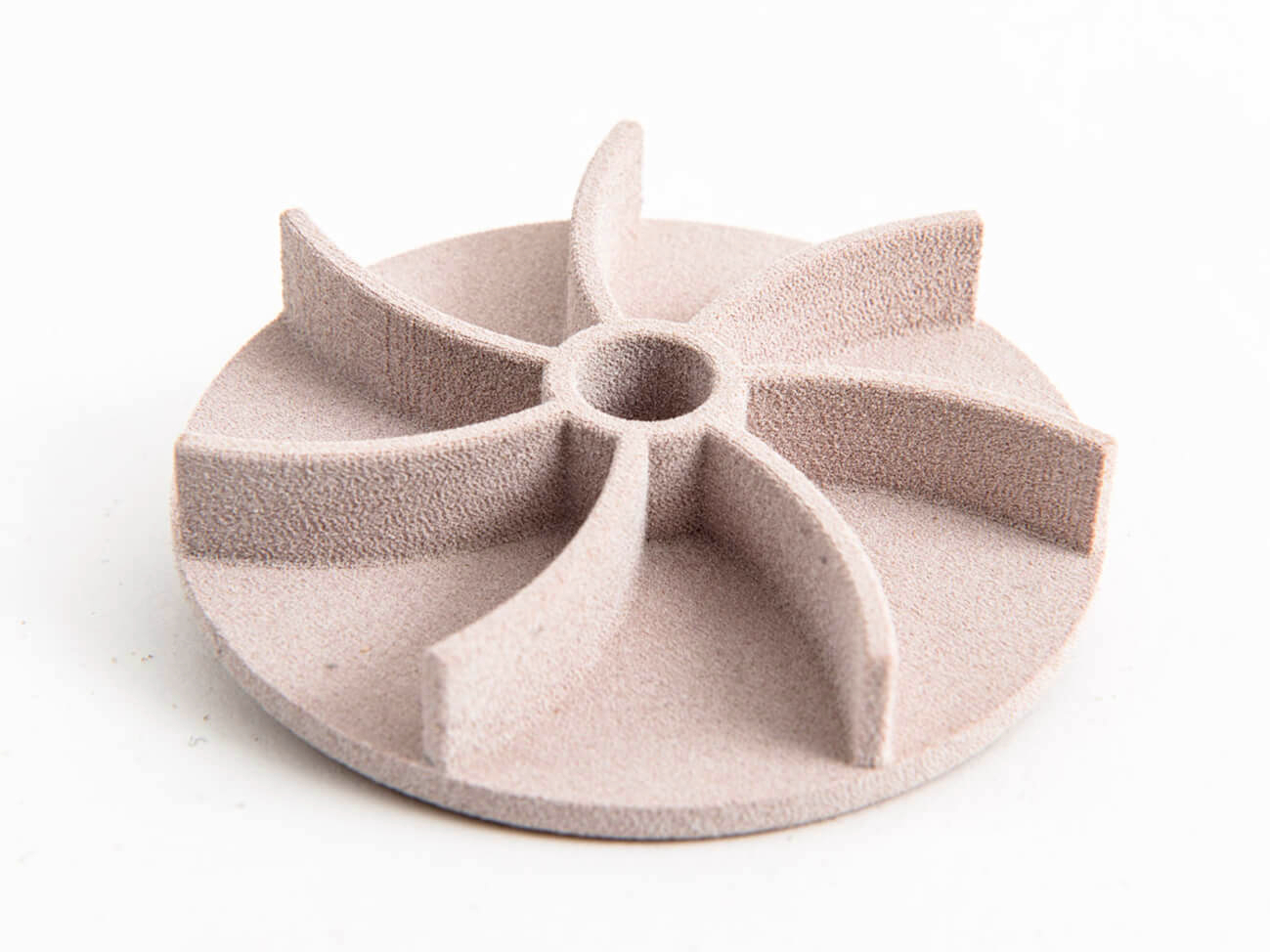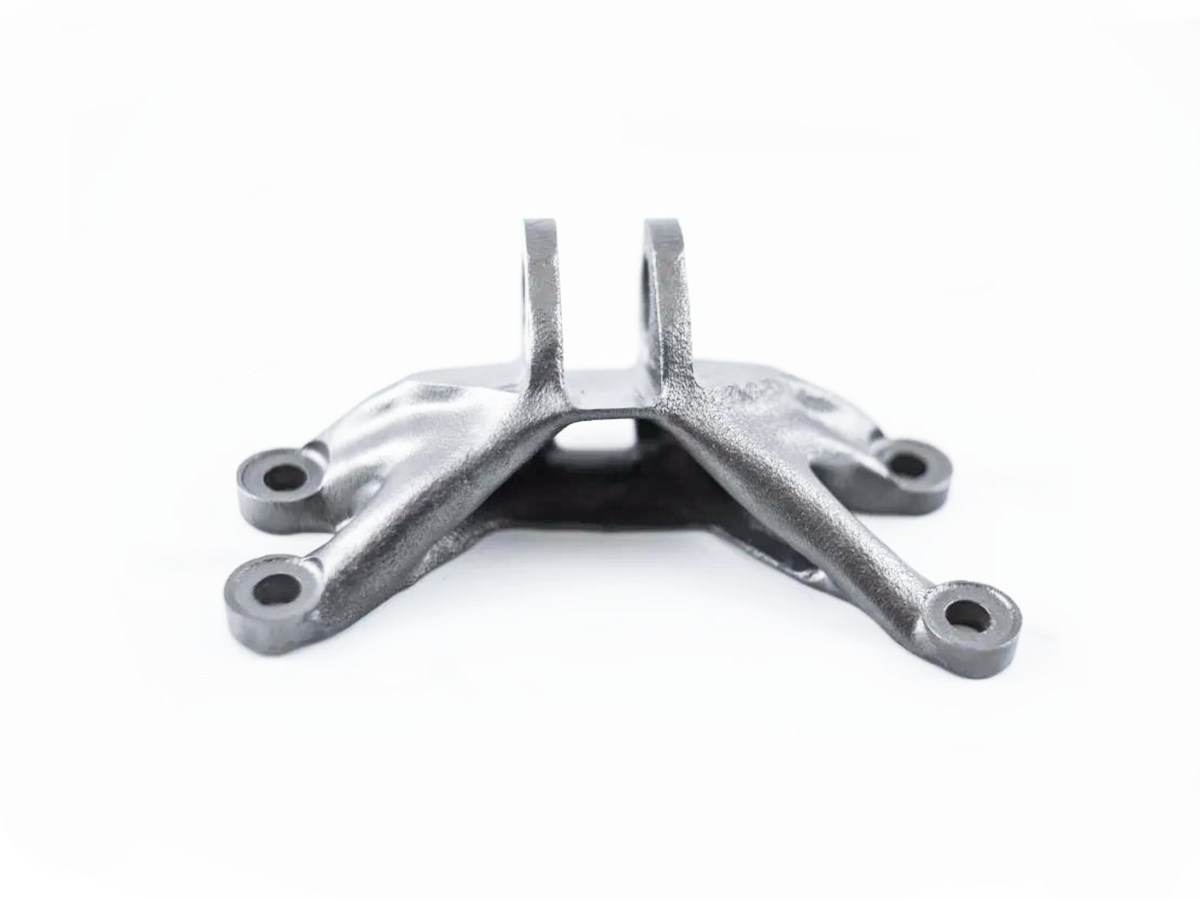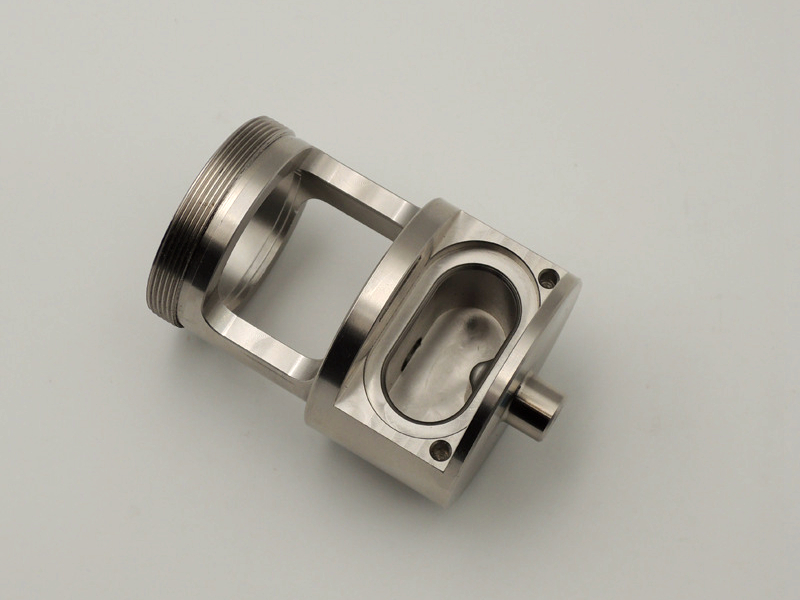Can SLS titanium parts be used as implants, and what post-processing?
From an engineering perspective, titanium parts produced by laser powder bed fusion—often loosely referred to as SLS, but more accurately described as SLM or DMLS—can be used as medical implants if three pillars are satisfied: use of certified implant-grade titanium, a validated manufacturing and post-processing route, and compliance with the relevant medical device regulations and standards. In practice, we combine near-net-shape metal 3D printing with precise subtractive finishing such as Ti-6Al-4V ELI CNC machining to achieve both the mechanical integrity and the surface quality required for long-term implantation.
Material and process requirements for implant use
For permanent implants, the preferred material is Ti-6Al-4V ELI (Extra Low Interstitial), which is specifically formulated for high fatigue strength and biocompatibility. In the standards framework, this grade corresponds to specifications such as ASTM F136 and ISO 5832-3 for wrought and additively manufactured titanium alloys used in surgical implants. Powder feedstock must meet tight limits on oxygen, nitrogen, and other interstitial elements, and its particle size distribution and morphology are controlled to ensure consistent melting and density in the 3D-printed part.
The printing process itself must be rigorously validated. For metal powder bed fusion, that means defining and locking down parameters such as laser power, scan speed, hatch spacing, and layer thickness to achieve near-full density and avoid defects like lack-of-fusion porosity or unmelted particles. Process validation typically involves tensile, fatigue, and fracture toughness testing of coupons built in multiple orientations, along with metallographic analysis to confirm microstructure and absence of critical flaws before the route is released for medical programs.
Post-processing for 3D-printed titanium implants
After printing, SLM/“SLS” titanium implants go through an extensive post-processing chain. First, stress-relief or hot isostatic pressing (HIP) is commonly applied to close internal porosity and improve fatigue performance. Next, support structures are removed and critical interfaces (joint surfaces, threads, mating features) are finished via high-precision titanium CNC machining service to guarantee tolerances and surface flatness. Where ultra-smooth surfaces are required—such as articulating joints or screw heads—fine finishing and electropolishing for precision parts help reduce asperities and improve wear behavior.
Conversely, for osseointegration zones, controlled roughness is beneficial. Here, blasting, chemical etching, or laser texturing can be applied to the bone-contact surfaces while keeping other regions smooth. Thorough cleaning and passivation, followed by packaging in a controlled environment, are essential to remove residual powders, contaminants, and processing residues before sterilization.
Quality systems, testing, and certification
Using 3D-printed titanium as an implant material is not just about metallurgy—it is a regulatory and quality task. Manufacturers must operate under a certified quality management system such as ISO 13485 for medical devices and implement process controls consistent with standards for metal additive manufacturing (for example, ISO/ASTM 52900 family) and implant materials. Biocompatibility must be demonstrated according to ISO 10993 testing (cytotoxicity, sensitization, irritation, and sometimes systemic toxicity), and sterilization validation must be in place for the chosen sterilization method.
From a market-access standpoint, implants produced from SLM titanium typically require device-level approvals: for example, FDA 510(k) or PMA in the United States, and CE marking under the EU Medical Device Regulation (MDR). Each specific implant design is validated through mechanical testing (static and fatigue), dimensional inspection, and sometimes animal or clinical data, depending on the risk classification. In custom parts CNC machining and metal additive projects, we usually separate “prototype-only” builds from “implant-grade” builds at the quality system level, so only parts manufactured under the full validated route and documentation can be released as implants.
In summary, SLM/“SLS” titanium parts can absolutely be used as implants, but only when the entire chain—powder, printing process, post-processing, testing, and quality system—has been engineered and certified explicitly for medical device use. Otherwise, the same geometry is suitable only for R&D or non-implant components.



